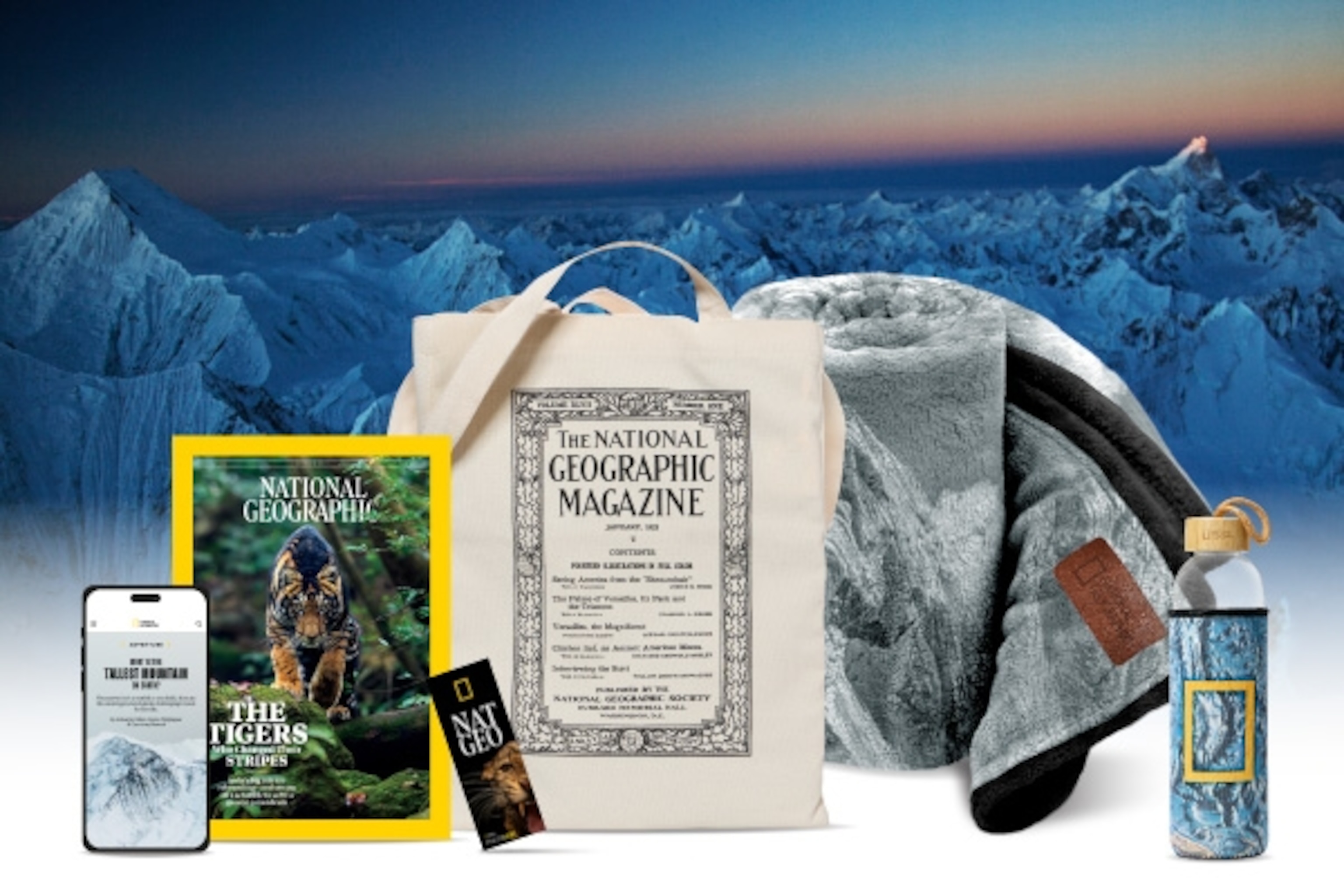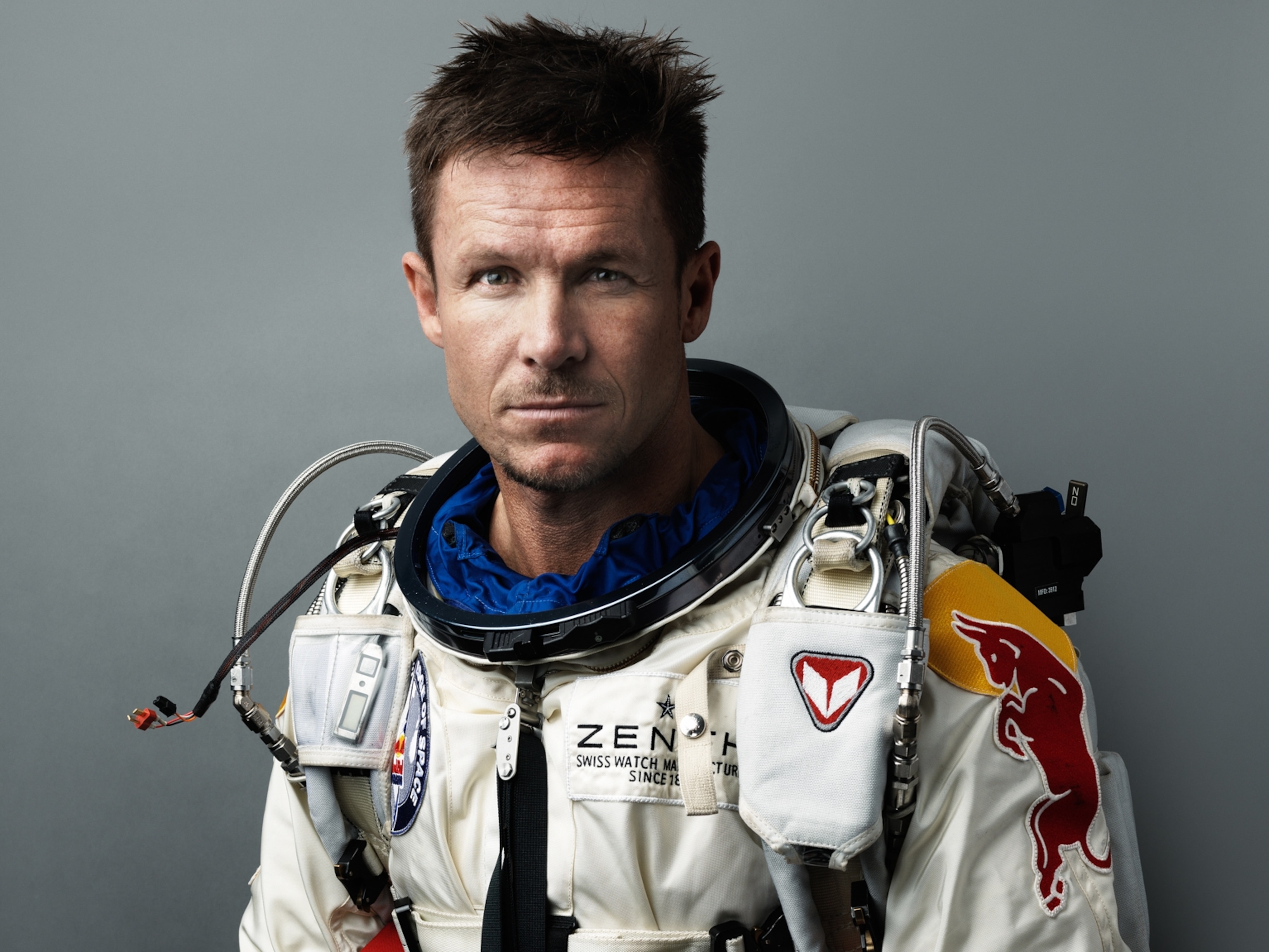American becomes the first to ski down Everest’s most challenging route
After years of planning, the mountaineer Jim Morrison successfully descended the narrow Hornbein Couloir—notching an achievement that has captivated skiers and alpinists for decades.
On October 15 American mountaineer Jim Morrison, 50, became the first person to ski the North Face of Mount Everest (29,032 feet) via its most challenging and elusive line, a linkup of the Hornbein and Japanese Couloirs. At 12:45 p.m. local time Morrison reached Everest’s peak via the same route after six and a half weeks on the mountain and a grueling summit push. With him were 11 other climbers, including fixers, Sherpas and a film crew led by photographer and National Geographic Explorer Jimmy Chin.
Chin and Chai Vasarhelyi, who won an Oscar for the 2018 film "Free Solo,” are directing a National Geographic documentary film on Morrison's achievement. (See stunning video of Morrison's history-making descent.)
After their summit photos, Morrison spread the ashes of his late partner Hilaree Nelson, who died almost exactly three years ago in a fall from near the summit of the world’s eighth highest peak, Manaslu (26,781 feet). “I had a little conversation with her and felt like I could dedicate the whole day to her,” says Morrison. The rest of the crew began the long, slow descent along the fixed lines. Morrison, however, clicked into his skis and spent the next four hours and five minutes carefully hop turning and carving the icy 50-degree slope that descends a staggering 9,000 vertical feet back to the Rongbuk Glacier. His feat is easily the most audacious ski run in history.
This is actually the third time Morrison has attempted to ski the line. “For two years everyone looked at the face and was like, are you crazy?” says Morrison. In October 2023 the team was foiled by permitting issues getting into China and arrived on the mountain too late to make a summit attempt. In 2024, they made more progress, with Morrison descending from about 22,966 feet. “The skiing was actually quite good, and I was skiing pretty aggressively and having a lot of fun,” Morrison told me in August. But a few days later, as his rope fixing team worked into an oncoming storm at 26,246 feet, Yukta Gurung was hit by a small avalanche, fell, was caught by his rope after 164 feet, and broke his femur. What ensued was “a Herculean rescue,” says Morrison. Yukta was flown to Kathmandu for surgery and recovered fully, but the accident was the end of that year’s attempt.
A descent of the Hornbein Couloir has eluded the ski world for decades. The fact that Morrison was the one to achieve it, won’t surprise anyone who’s followed his career. Over the last decade, the Lake Tahoe–based professional skier has quietly racked up some of the most daring high-altitude descents on record—many of them alongside Nelson. The couple had been preparing for a 2023 attempt on Everest via the Hornbein Couloir at the time of Nelson’s death. (Nelson was a National Geographic Explorer and the 2018 National Geographic Adventurer of the Year.) Skiing the Hornbein Couloir together would have been the capstone of the couples’ mountain exploits. Instead, Morrison was faced with horrifying grief and then the choice to quit or go on.
Everest has a reputation for being crowded, but not on the Hornbein Couloir and not in October. In fact, this was only the sixth expedition ever to ascend the Hornbein Couloir and the first to succeed in more than 30 years. Compare that with the up to 500 commercial clients who are guided to the summit each spring via the Southeast Ridge Route from Nepalese Basecamp and, increasingly, via the North Col Route, which ascends from the Chinese side of the mountain.
The Southeast Ridge route was first climbed by Sir Edmund Hillary and Tenzing Norgay in 1953. Ten years later, in 1963, the first American expedition, led by Seattle’s Jim Whittaker, attempted the mountain via the same Southeast Ridge route. But an elite subset of the team, including National Geographic Explorer Tom Hornbein and Willi Unsoeld, attempted a novel route that traced the mountain’s West Ridge and then traversed onto the North Face and finished via a steep and narrow gulley that ran directly to the summit. Hornbein and Unsoeld, with no fixed ropes or Sherpa help beyond their high camp, climbed the route in the purest alpine style of the day. They barely survived an open bivouac above 26,246 feet after reaching the summit near dusk. The following day, their teammates National Geographic Explorer Barry Bishop and Lute Jerstad ascended the Southeast Ridge Route and walked them back to camp. The ribbon of snow became the Hornbein Couloir.
Couloirs are by definition narrow, steep gulleys of snow and ice descending from a mountain. But the Hornbein is also the straightest, steepest and most direct line off of Everest. It’s what’s known as the fall-line, or the route that a drop of water would take down the mountain, following the strongest pull of gravity. The Italians would call it the direttissima; the French, la voie directe. “It’s super steep and unrelenting from top to bottom,” Morrison says, “It’s more than a mile long and just massive, dark, and beautiful in scale.”
It wasn’t long after the first American ascent that skiers began eying Everest. In 1970, Japan's Yūichirō Miura attempted to ski down the Lhotse Face of Everest, starting just below Camp IV on the South Col. He used a large circular parachute to slow his descent, but still crashed after straightlining down much of the face and miraculously survived. It was fall of 2000 when the mountain finally saw its first successful ski descent. That October, Slovenian Davo Karničar climbed Everest via the Southeast Ridge Route and then skied back to Base Camp from the summit, including the treacherous Hillary Step, in four-and-a-half hours, making him the first person to ski Everest.
(Can this Sherpa change mountain climbing forever?)
But the Southeast Ridge Route of Everest isn’t really a ski line. It faces predominantly south and west and favors a protected ridgeline rather than taking on the mountain more directly. Everest’s most aesthetic ski lines—the Norton and Hornbein couloirs—are both on the north side of the mountain, which stays shady and holds more snow, especially in the autumn climbing season after the summer monsoons have deposited most of the range’s annual precipitation.
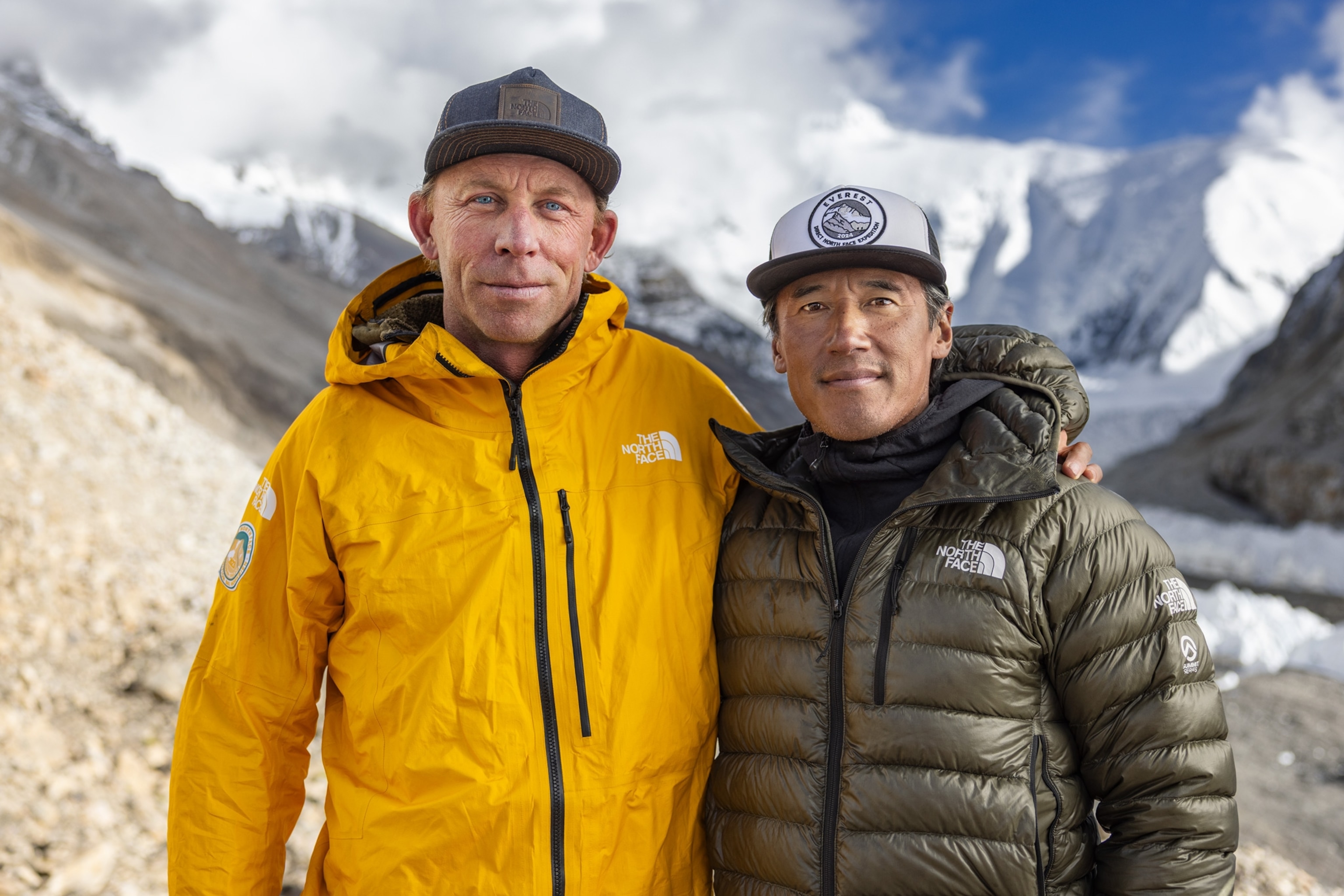
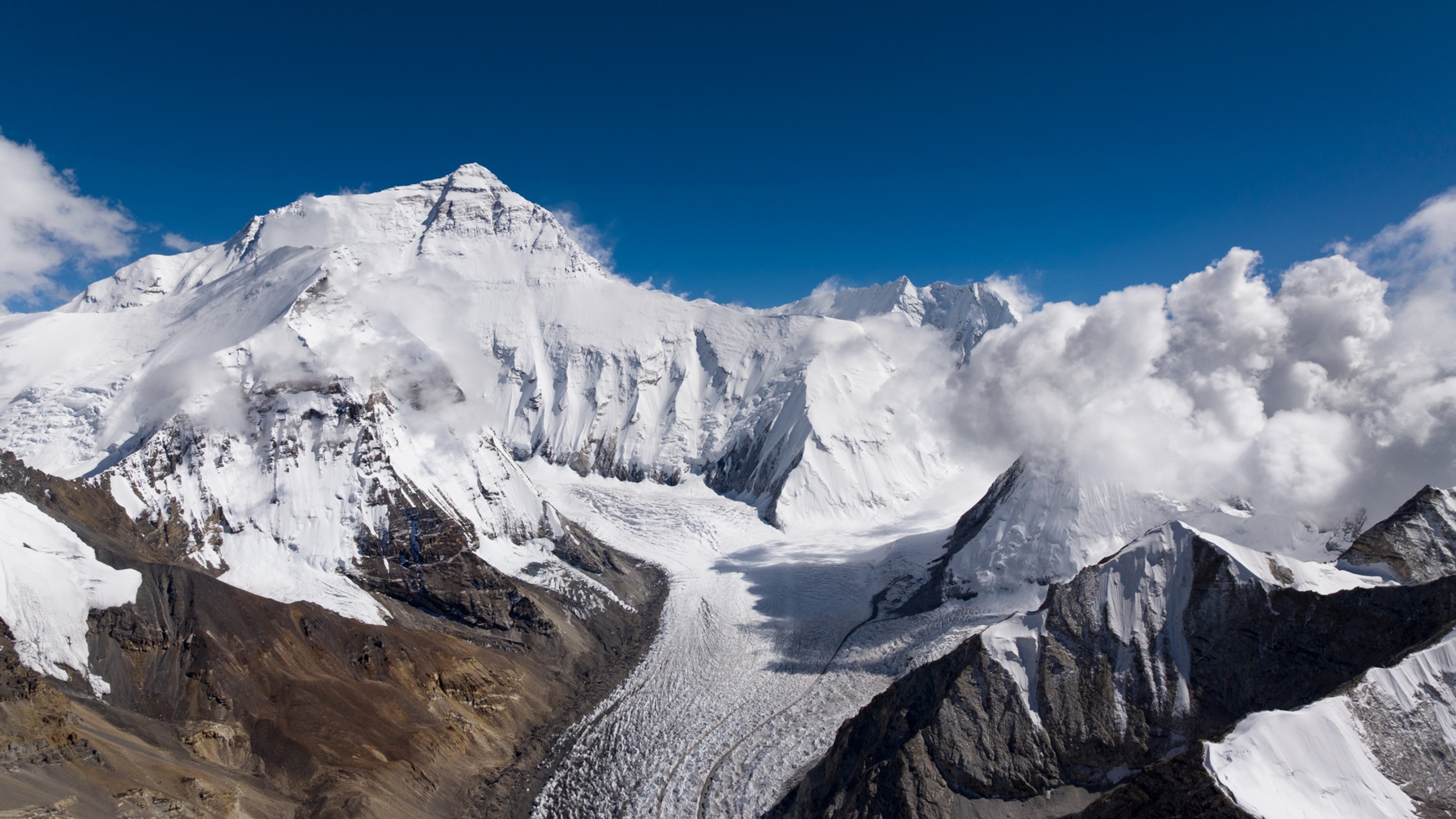
The race to claim the ultimate line from Everest’s summit started to heat up in the fall of 2001. French Snowboarder Marco Siffredi became the first to ride the North Face that fall, descending via the uninterrupted Norton Couloir. (These descents are so rare and risky that onlookers make little distinction between skiing and boarding.) The following year, he set his sights on the Hornbein. In September 2002, Siffredi and a team of Sherpas summited via the easier North Col Route with the idea that Siffredi would drop from the summit into the Hornbein Couloir. That meant he had little opportunity to assess the conditions of his descent route. Siffredi bid his Sherpa guides farewell and pushed off into the Hornbein, and was never seen again. His body is still missing.
There have been other notable attempts. In 2003, early in his career as a photographer, Chin joined snowboarder Stephen Koch in an attempt to climb and then ski the Hornbein Couloir. The two were making good progress up the mountain, but small, sun-triggered avalanches led them to abandon their attempt and ski from well below the summit. Three years later, in October 2006, Chin returned to ski Everest via the Southeast Ridge, this time with Jackson Hole–based extreme skier and National Geographic Explorer Kit DesLauriers who became the first woman to ski the mountain.
After 2006, skiing at the top of the world entered something of a dark age. The mountain saw increasing commercialization and the chaos associated with amateur climbers getting in over their heads. Then the 2014 Khumbu Icefall avalanche killed 16 local Sherpas as they carried gear for westerners. The following year, the Nepal earthquake killed nearly 9,000 people, 22 of them at Everest Base Camp. It wasn’t until 2018 and Nelson and Morrison’s descent of the Lhotse Couloir that skiing on Everest came back into the news, if only briefly before the pandemic travel bans. (Lhotse Couloir is part of the Everest Massif.)
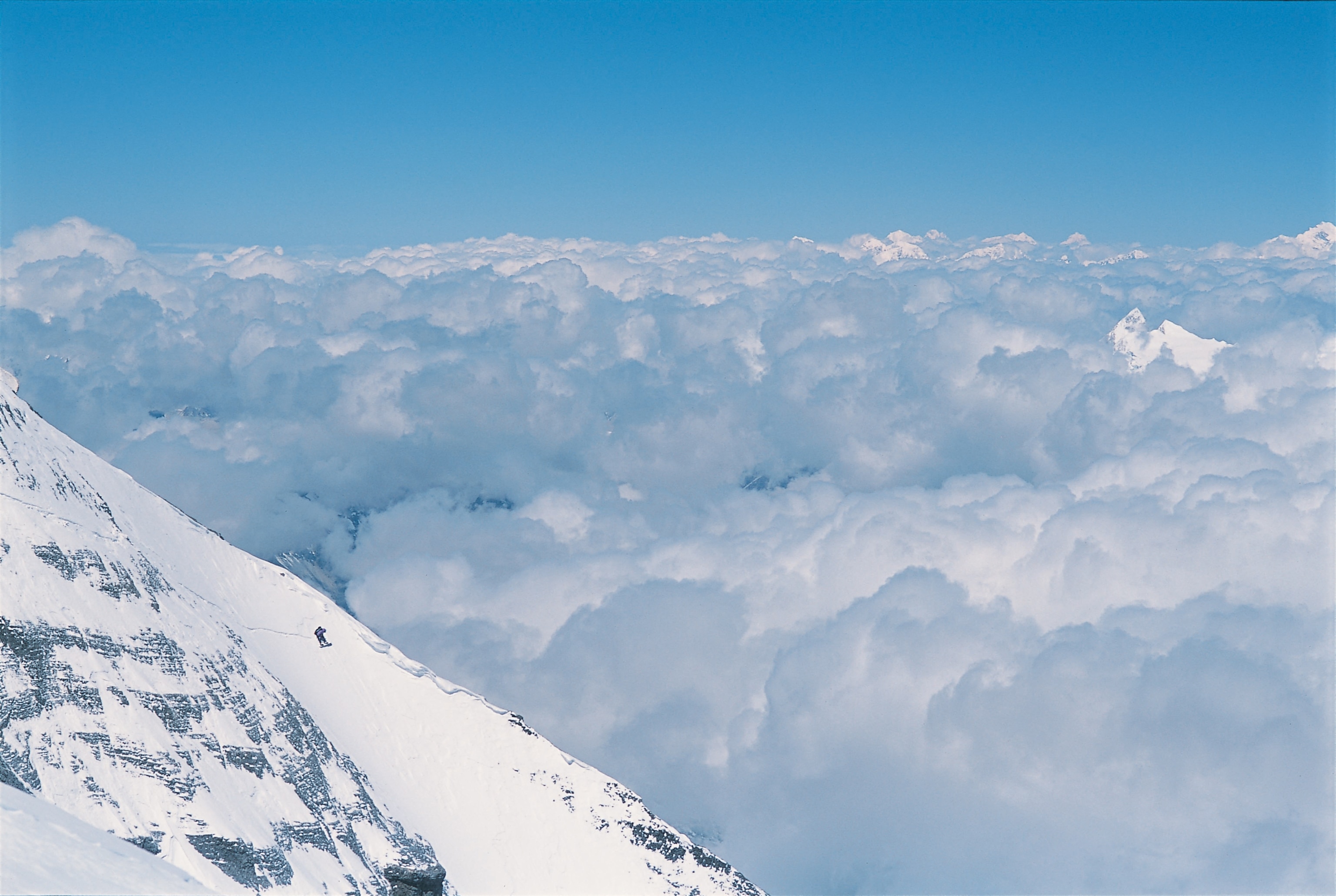
After Nelson’s death in 2022, Morrison had to decide whether to continue to pursue their shared dream. This wasn’t the first time he’d experienced life-shattering trauma. In 2011, Jim’s wife, Katie Morrison, a pilot, and their two young children, Hannah and Wyatt, died in a plane crash near Barstow, California. Katie Morrison had been flying the couples’ Cessna 210 when she hit rough weather en route to Las Vegas and disappeared from radar. An NTSB investigation was unable to conclusively determine the cause of the crash.
Morrison has the battlefield mentality of somebody who is able to experience the terrible reality at hand and continue to function at a high level. Death is ever present in the mountains. Sir Edmund Hillary himself lost his first wife, Louise Mary Rose, and their youngest daughter, Belinda, in 1975 when their plane crashed shortly after taking off in Kathmandu.
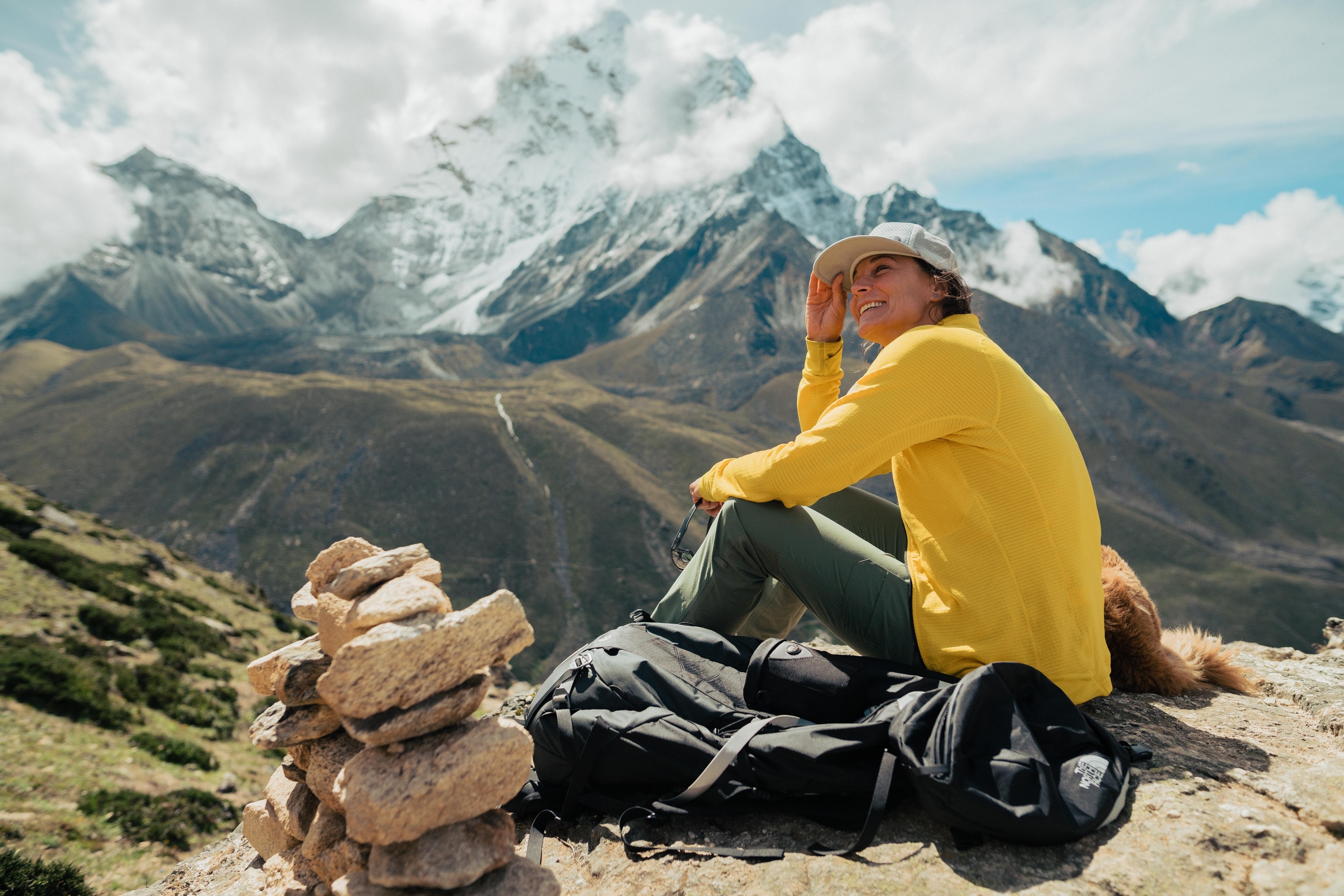
Morrison credits his resilience to the German public intellectual Eckhart Tolle, whose book, The Power of Now, he discovered after that first tragedy and who he traveled to meet at his home in Vancouver, British Columbia, when he was near rock bottom. From it he gleaned the apparent truth that, “nothing has ever happened in the past,” Morrison recalled. “The past is the past. It’s done. You can’t change it. Nothing has ever happened in the future. Literally, it’s never happened.”
So he learned to make peace with existing in the moment and decided to press on. Back in Lake Tahoe, Morrison works as a residential general contractor to the ultra-wealthy. He’s built more than 50 high-end homes around Lake Tahoe, some of them topping ten, twenty, even thirty-thousand square feet for a list of Silicon Valley’s most famous players.
But while building those homes, Morrison went back to sleeping in a tent and chasing his dreams in the mountains. Even when he’s in Telluride, Colorado, in the home he and Nelson were constructing for themselves at the time of her death, he sleeps in a hypoxic tent that simulates high altitude.
In October 2023, Morrison, with Chin and his film crew in tow, set out for China with the hopes of skiing the Hornbein. But permitting difficulties and bad weather meant they never even got a shot at the summit. The team bided their time, made political inroads in Beijing, and returned in 2024.
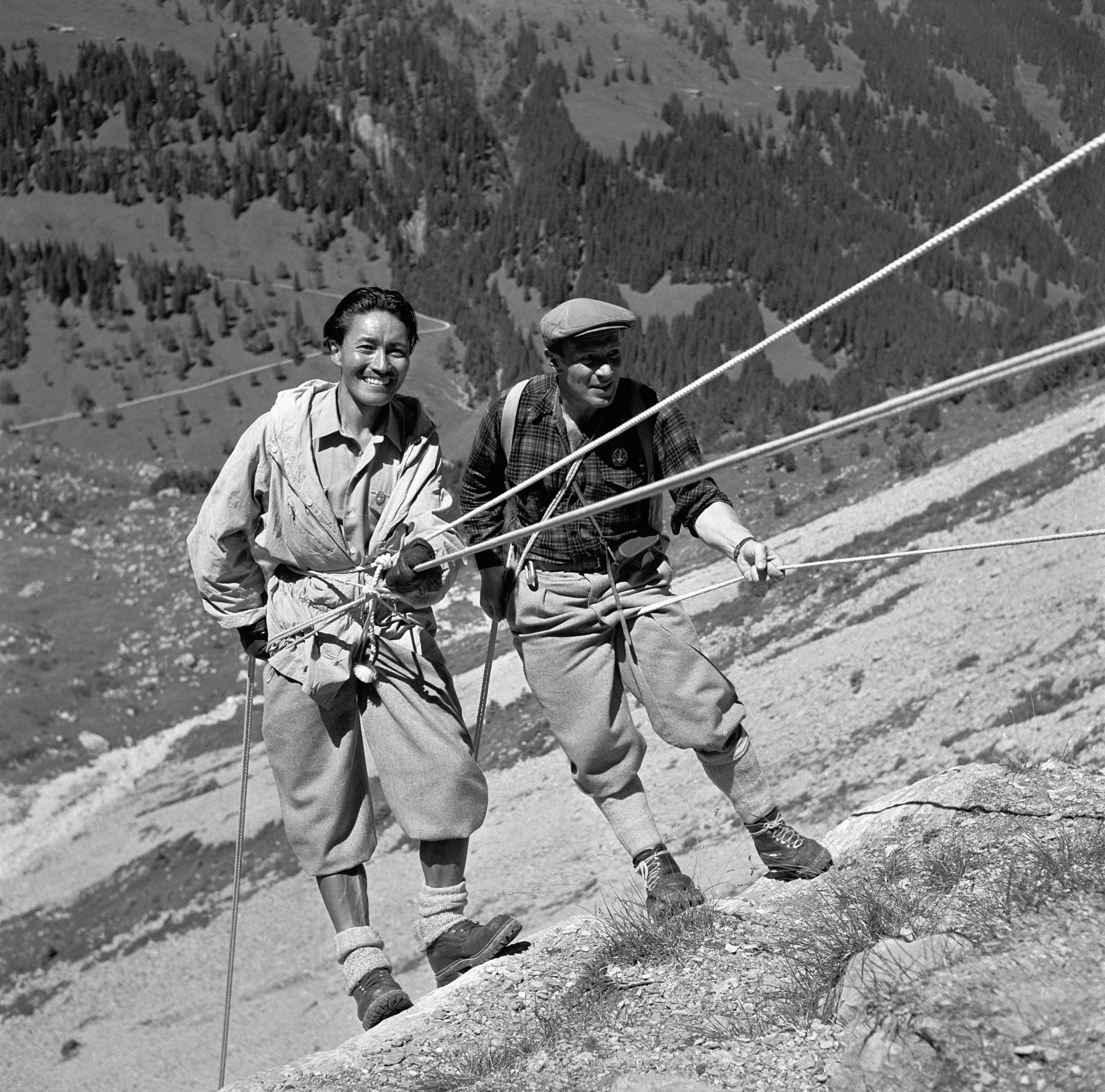
Morrison, though, bit off another ambitious Himalayan giant. If anything, his risk tolerance was widening. In May 2024 he joined American alpinist Chantel Astorga and Canadian ski mountaineer Christina Lustenberger to climb and ski Pakistan’s Great Trango Tower, a sheer 20,623-foot tooth of a mountain that appears totally unsuitable for skiing. And yet, somehow they found a line.
The 2024 Everest attempt was cut short by Yukta’s accident and then overshadowed after director Chin and filmmakers Erich Roepke and Mark Fisher discovered the partial remains of lost Everest British explorer Andrew “Sandy” Irvine, who’d been missing for almost exactly 100 years. This year Morrison showed up to Advanced Base Camp with a fine-tuned approach, only months after a serious knee surgery. The team was leaner, with fixing and outfitting organized by Adrian Ballinger of Lake Tahoe–based Alpenglow Expeditions.
“This year I hand selected a team from Phortse of Sherpa that we know,” says Morrison referencing the famed Sherpa village in Nepal’s Everest region that is the home of the Khumbu Climbing Center. Yukta, fully healed, has returned. Morrison also enlisted Alpenglow’s top guide, Ecuadorian Esteban “Topo” Mena, 35, to anchor the climbing portion of the expedition. But as with Everest in years past, the climbing was not the only thing the team needed to navigate.
Shortly after the team arrived on the mountain, Nepal was rocked by nationwide protests and a social media blackout that escalated into violence, toppled the parliamentary government, and disrupted the normal fall trekking high season. Several luxury hotels were torched by mobs. The military imposed curfews and shot dead nearly two dozen protesters. The unrest has rattled guides and outfitters. “Many tourists are canceling due to terrible things happening here and people watching the global news,” says Jiban Ghimire, one of Nepal’s best-known fixers. “More people decided to postpone.”

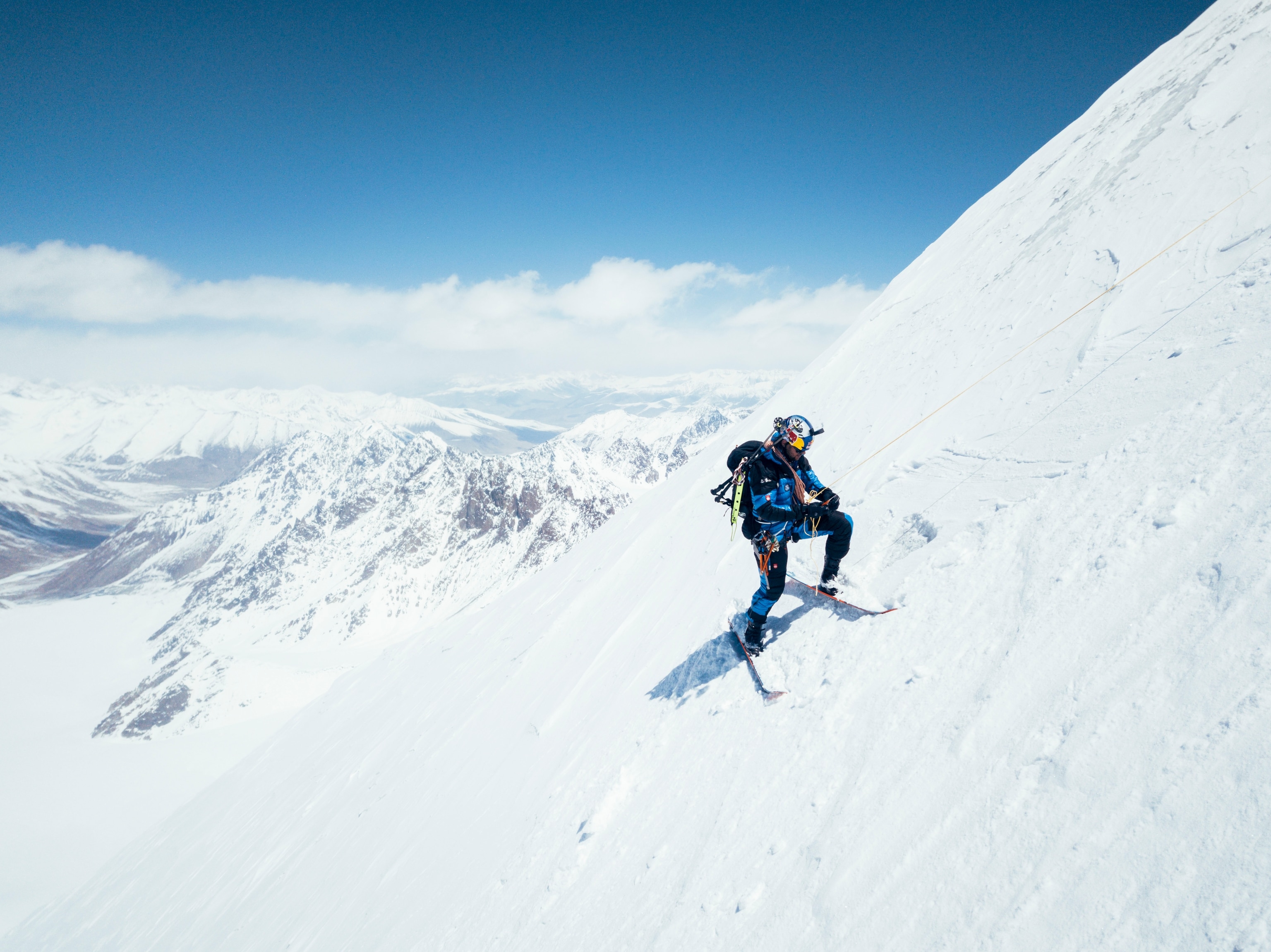
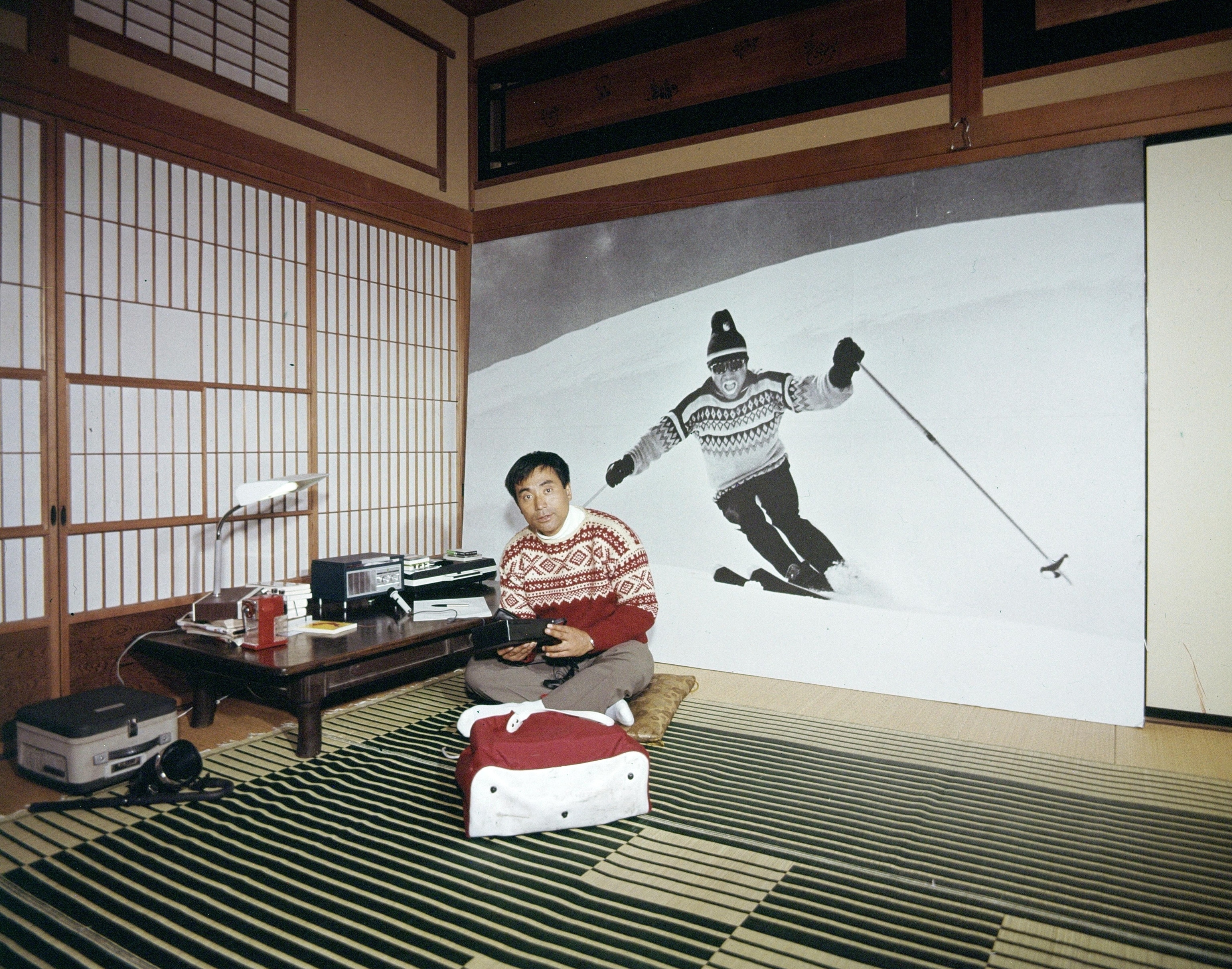

One person who didn’t was Polish ski-mountaineer Andrzej Bargiel, 37, who made the first ski descent of the regular Southeast Ridge Route without supplemental oxygen. Later that week, also on the mountain’s southside, American ultrarunner Tyler Andrews attempted to break Everest’s speed record without supplemental oxygen. Meanwhile, Morrison, Chin, and company were keeping a low profile on the mountain’s north side, with their base camp tucked into the Central Rongbuk Glacier.
In the second week of October it became clear that they’d have a fleeting weather window. “This was literally the last possible day we could do it,” says Morrison. “Our permits expire tomorrow.”
Morrison, Yukta Gurung, and 10 others left Camp 4 at 6 a.m. on the morning of October 15. The winds were calm but temps were dangerously low, at -27 degrees Celsius. Alpenglow’s Topo Mena and his climbing partner Roberto “Tico” Morales led the fixing team up through the Hornbein Couloir, reaching the summit at around 12:45 p.m. “Only about five people have ever climbed the Japanese Couloir into the Hornbein, and we had twelve on the summit,” says Morrison.
For Morrison and Chin, who’d turned 52 days earlier, it was the culmination of an odyssey they’d begun with Nelson. “We’ve been chasing this project for six years,” says Morrison.
Morrison began his ski descent just before 2 p.m. The mountain had been scoured by wind the previous week. “The conditions were abominable,” says Morrison. He picked his way down into the Hornbein. The crux pinch point of the couloir was bare rock, which required him to take off his skis and rappel about 650 feet, past Tom Hornbein and Willi Unsoeld’s spent yellow oxygen canisters from 1963, before putting his skis back on.
“It was a mix of survival skiing and actual shredding,” says Morrison. “Some sections were smooth enough for real turns. Others were rutted and raised four feet up and down, like frozen waves.”
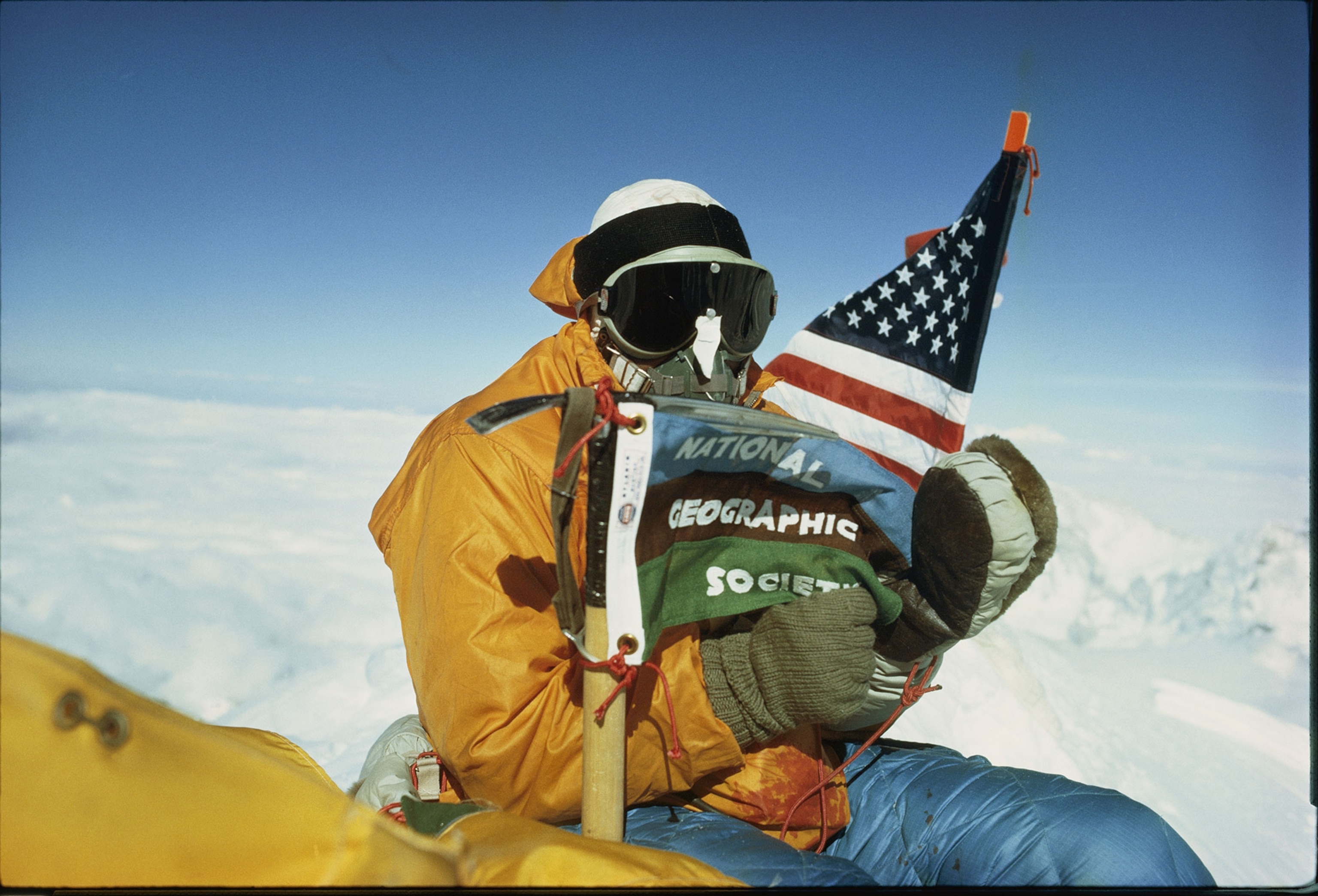
He took a short break at Camp 3 and skied the wide open slope they’d dubbed the football field down to Camp 2. “That was really good skiing, linking turns at 8,000 meters [26,246 feet],” he says. “Hard but incredible.”
All that remained was the mellow runout to Camp 1. “I kept thinking, I’m never coming back here. I should get a few more turns in while I can.
“When I finally crossed the bergschrund, I cried. I’d risked so much, but I was alive. It felt like a tribute to Hilaree—something she’d be proud of. I really felt her with me, cheering me on.”
